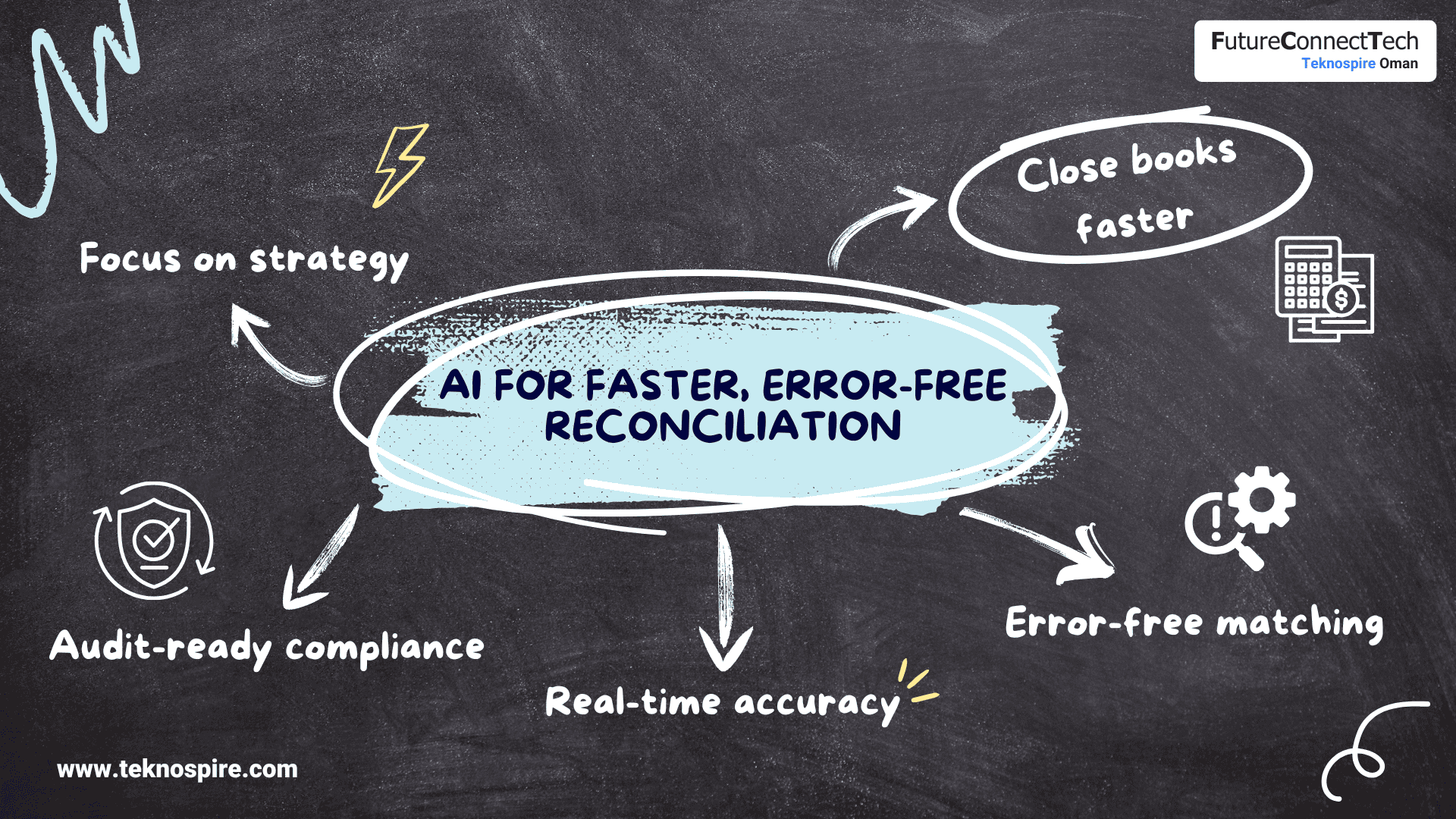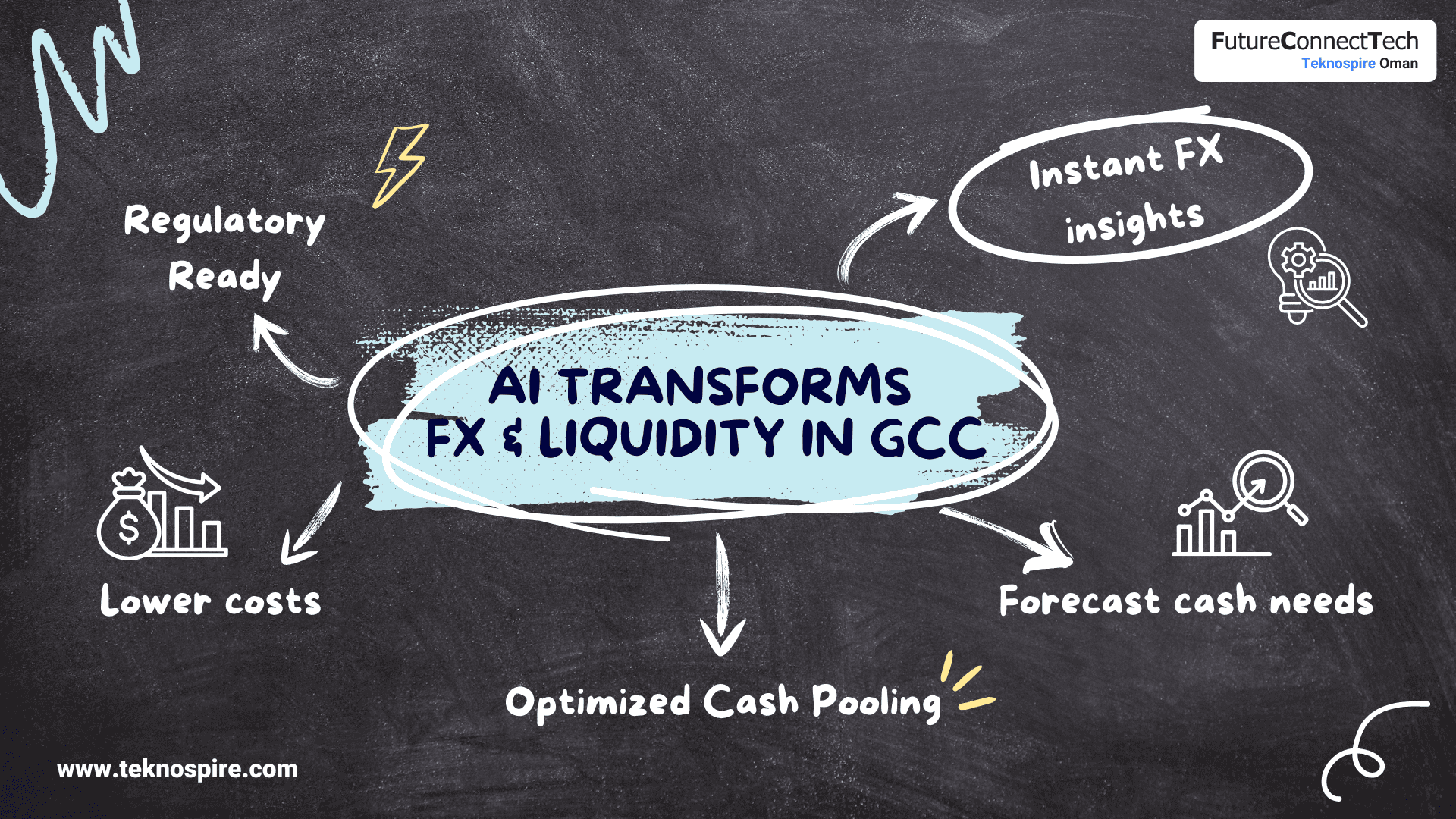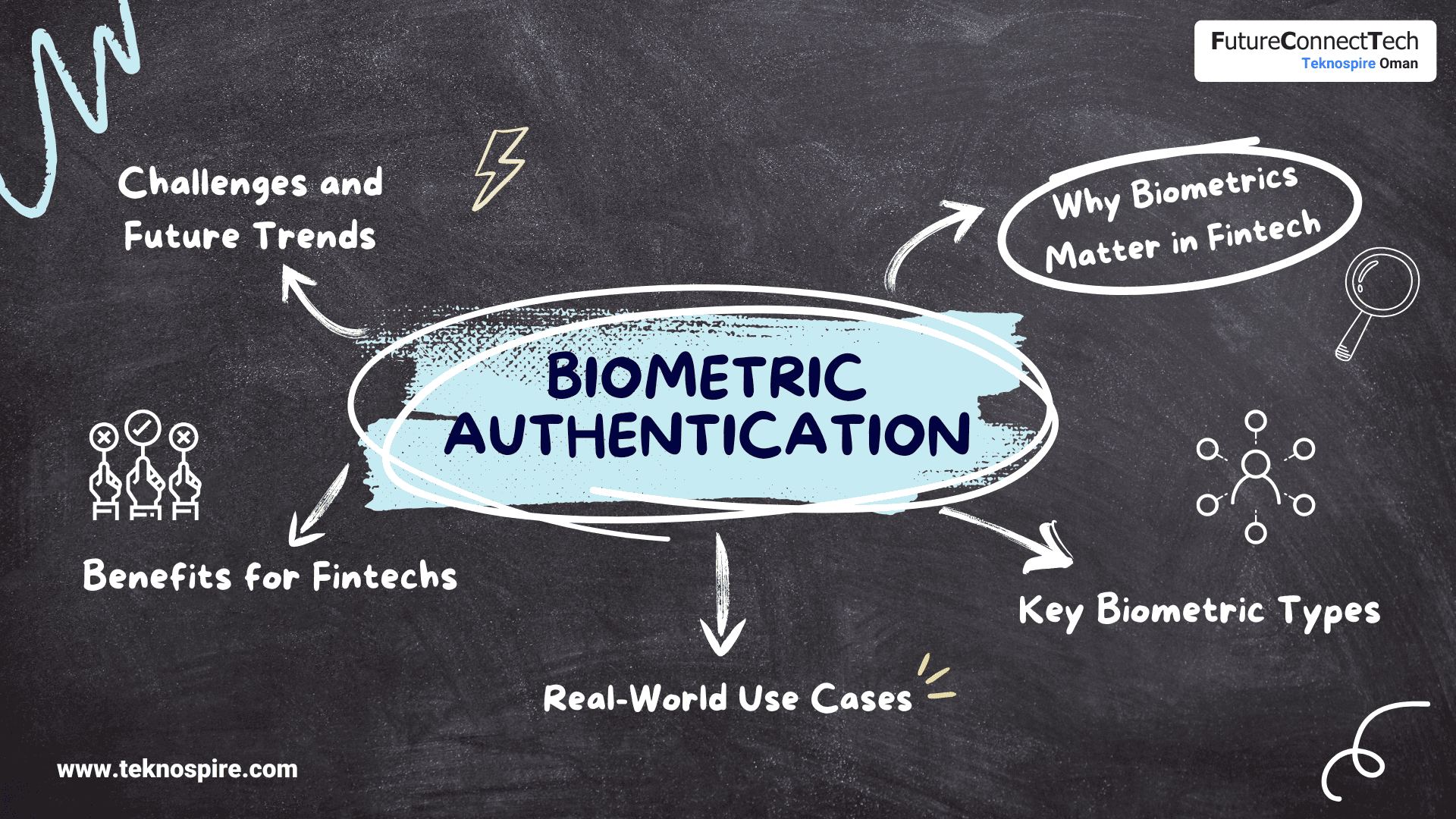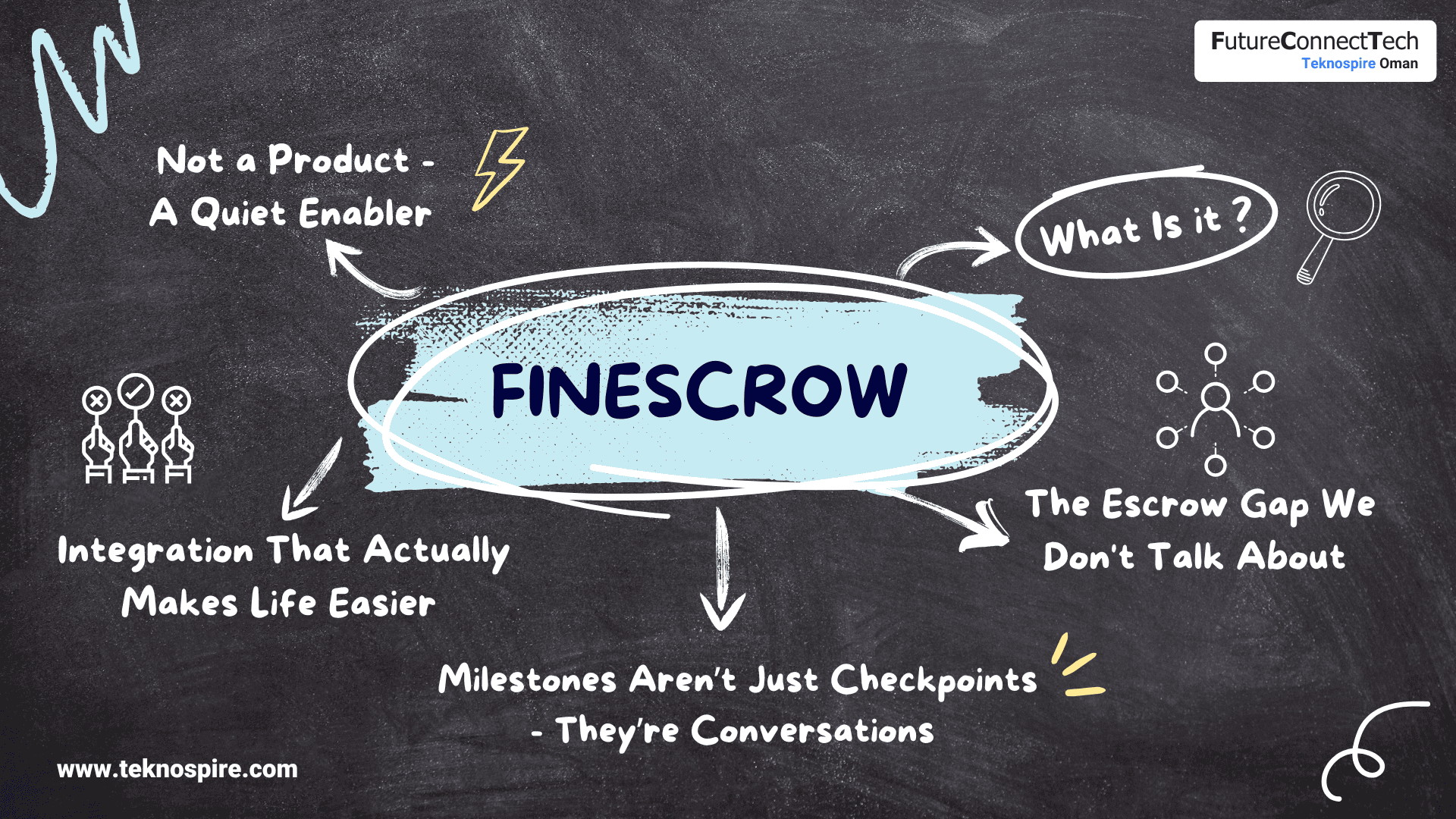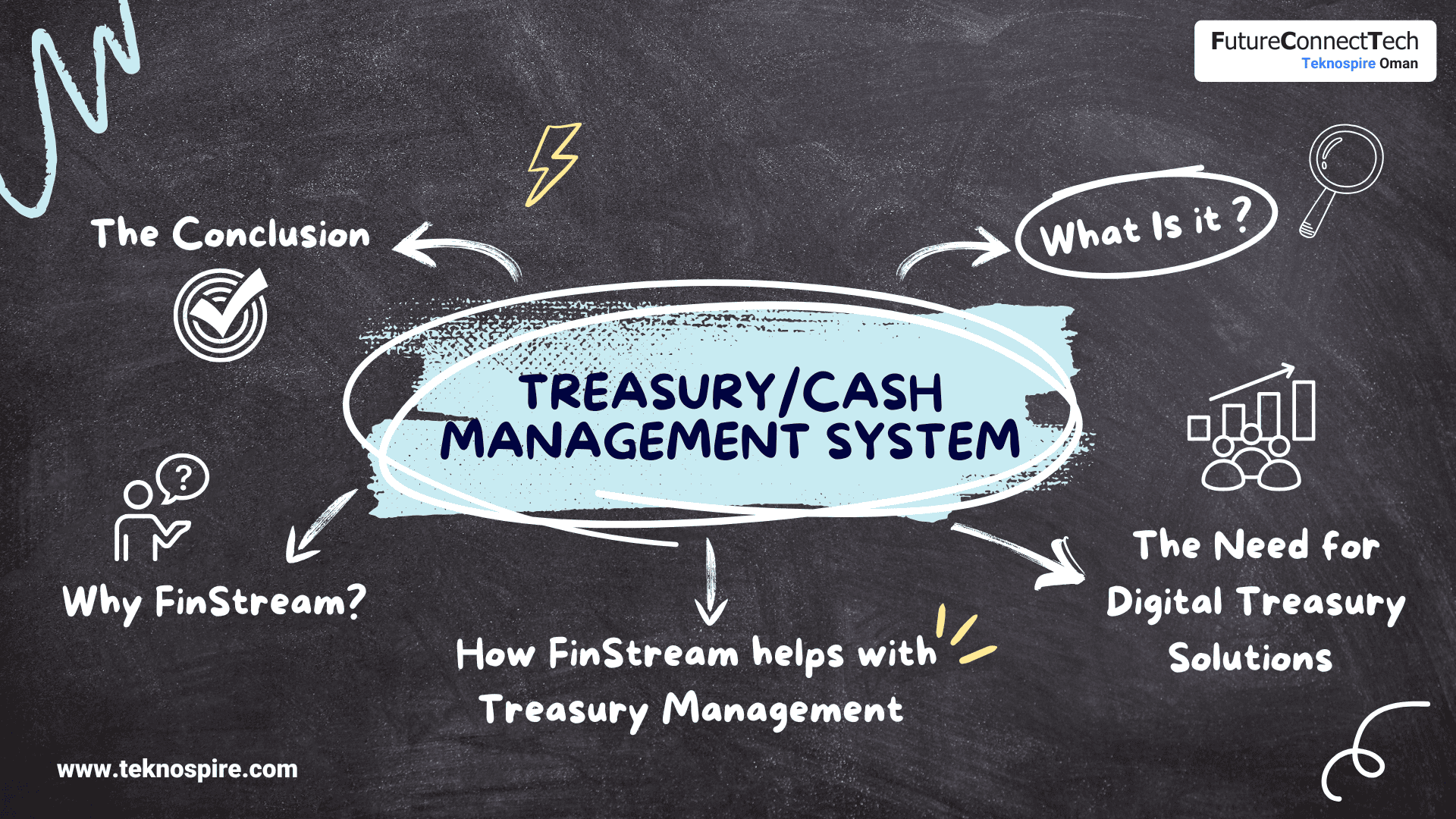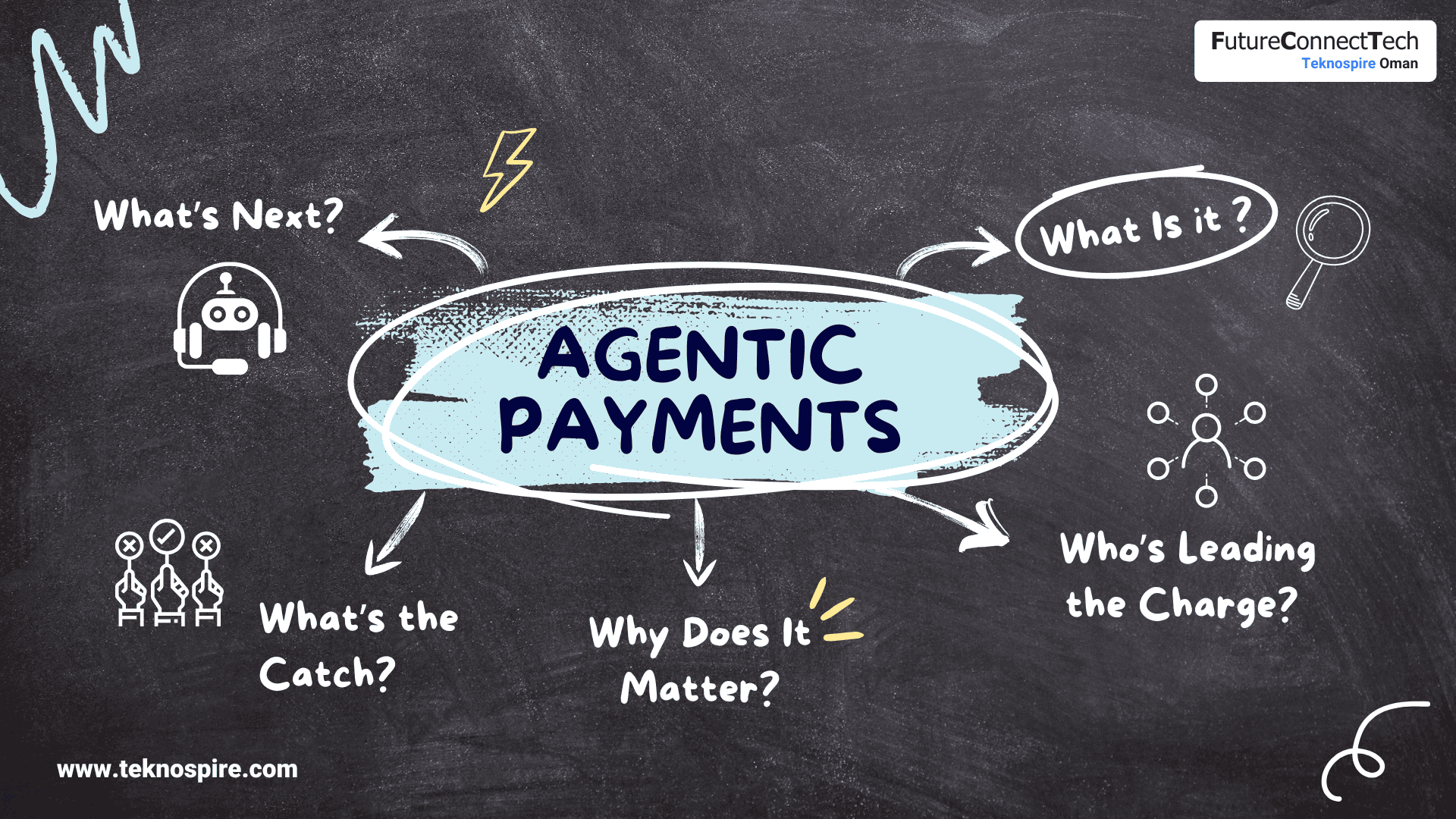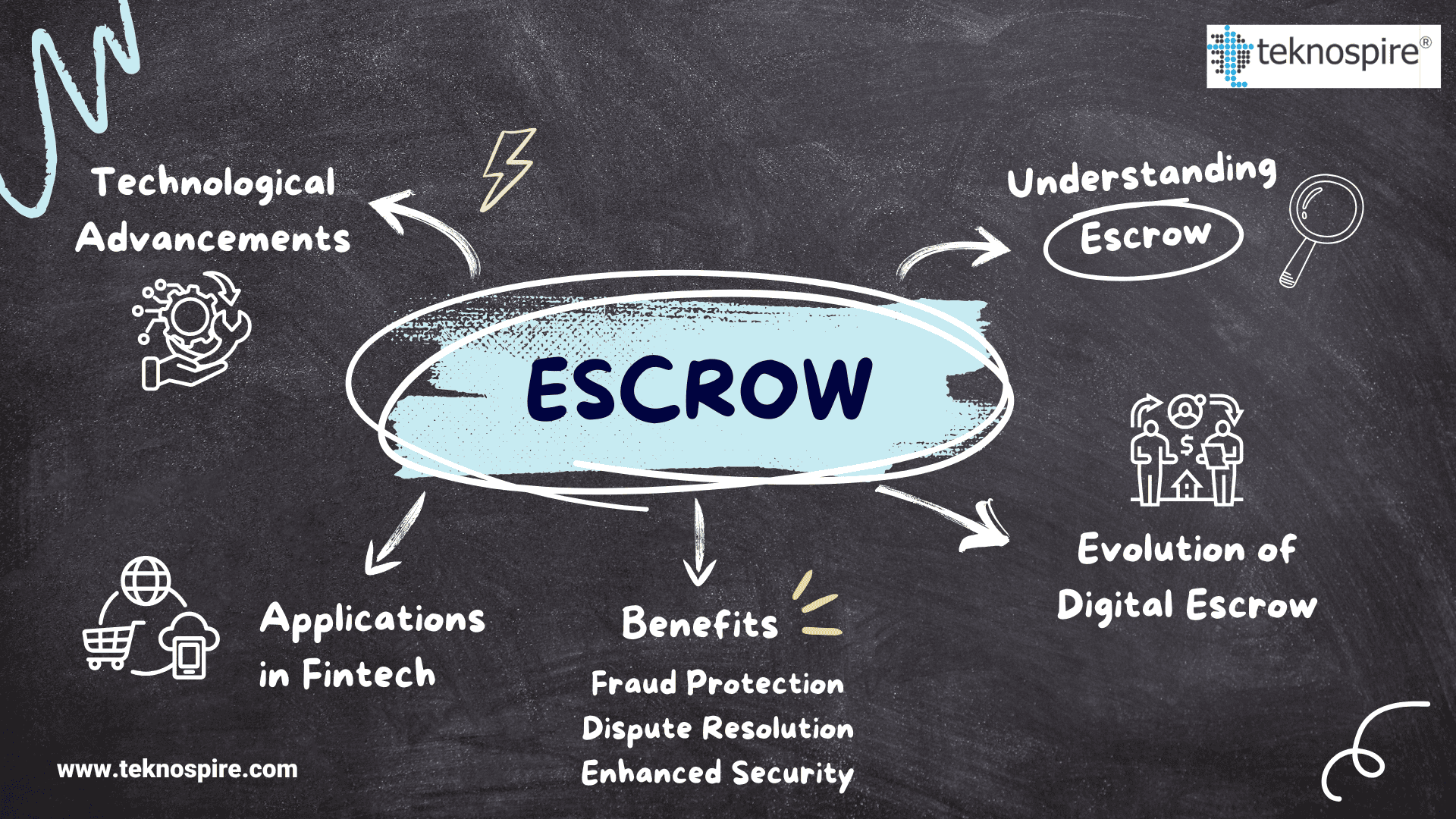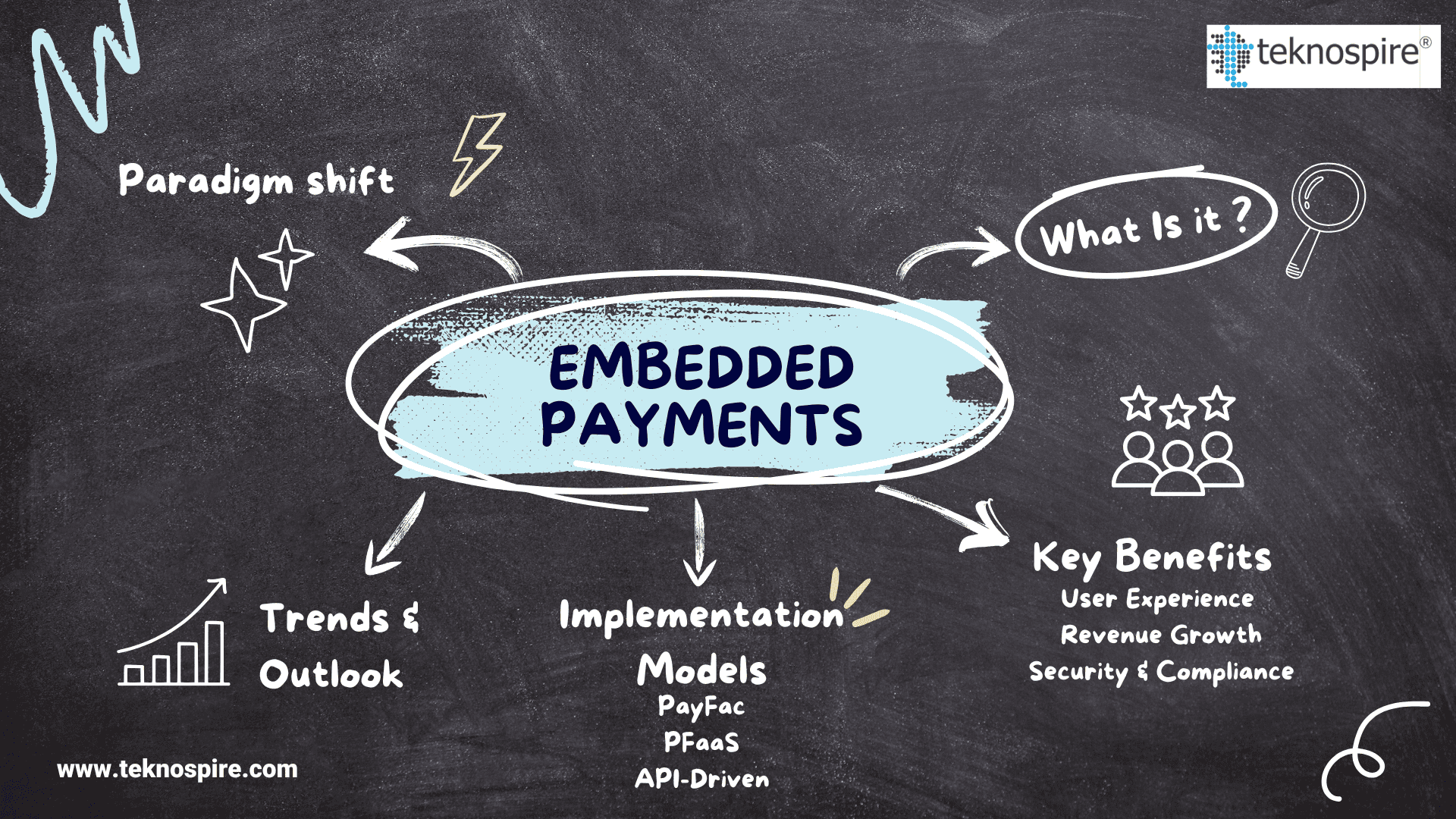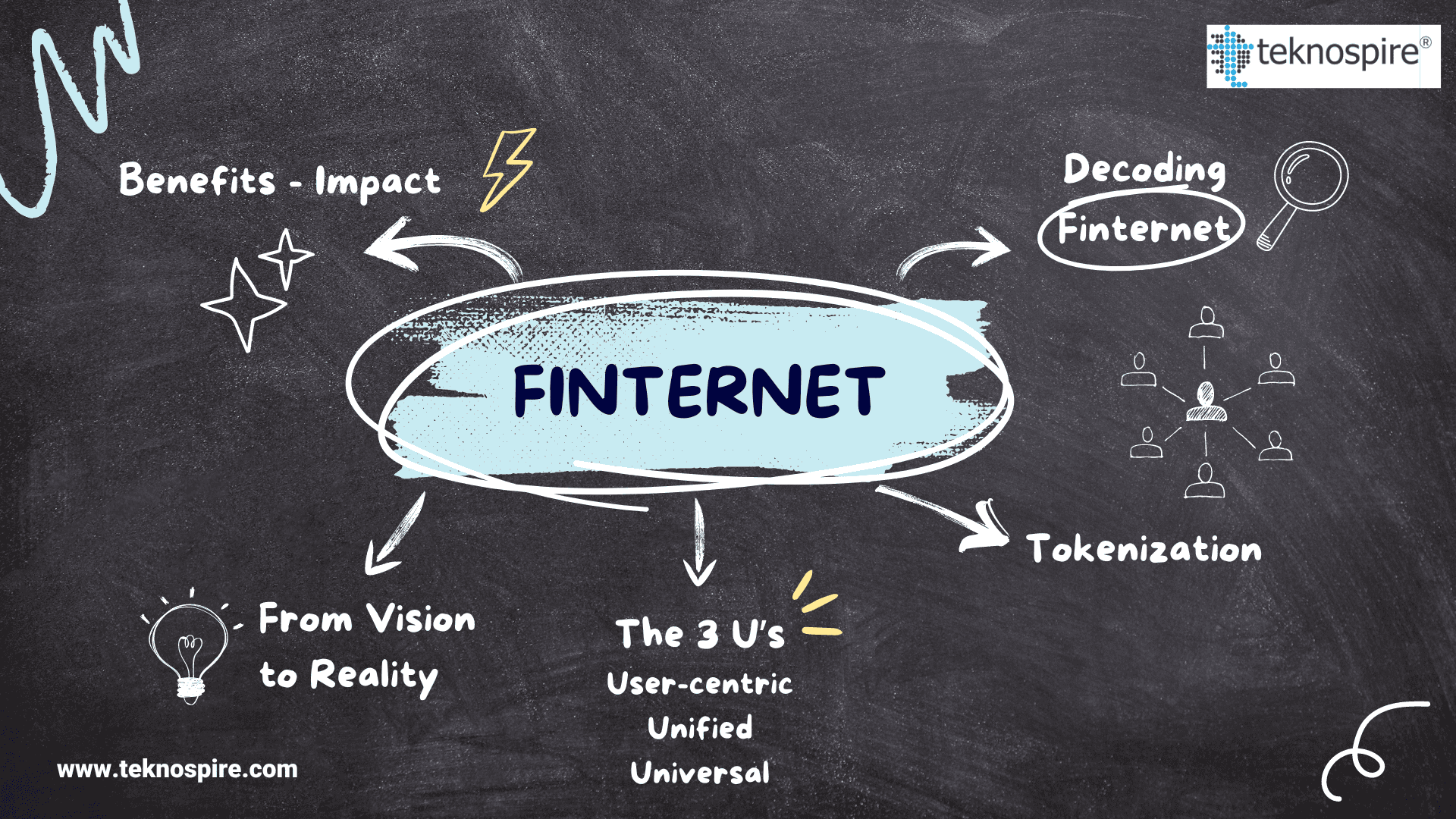FinNews
Finance teams are the backbone of every organization, ensuring smooth cashflow and accurate financial records. Yet behind the scenes, much...
Read MoreHow AI Is Helping GCC Treasury Teams Manage FX and Liquidity in Real Time
As financial institutions across the Gulf Cooperation Council (GCC) continue their digital journey, many are turning to AI to manage...
Read MoreIn today’s fast-paced world, digital financial services are exploding from mobile banking to AI-powered investment platforms. But with convenience comes...
Read MoreEscrow Management for Real Estate market – Rewritten for the Real World
If you’ve ever been part of a large real estate transaction, either on the banking side or the builder’s, you...
Read MoreAI in financial services is no longer just a buzzword. It’s quietly working behind the scenes, not in the form...
Read MoreEffective Treasury management Software is crucial for businesses of all sizes, helping them optimize liquidity, reduce financial risks, and streamline...
Read MoreImagine a future where AI handles your payments automatically with no manual input, no delays, and no human error. That’s...
Read MoreDigital Escrow: Revolutionizing Trust and Security in Fintech Transactions
Digital Escrow services play a pivotal role in modern financial transactions, offering a secure and trustworthy method for managing payments...
Read MoreEmbedded Payments: A Seamless Future for Digital Transactions
Embedded payment solutions are transforming digital platforms, allowing users to make secure, instant payments without ever leaving the platform they’re...
Read MoreIn the rapidly evolving world of financial technology, a new concept is emerging that promises to reshape how we interact...
Read More